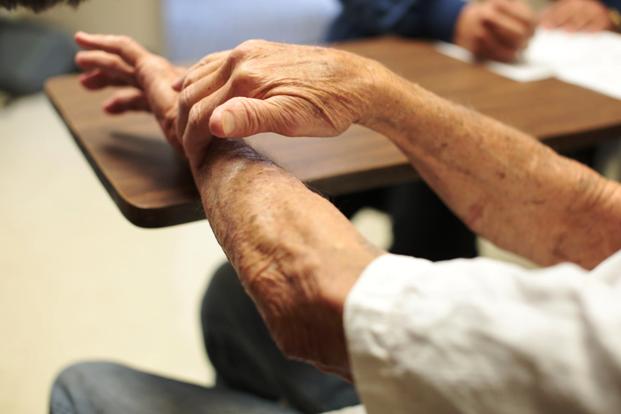What are The Different Kinds of Leprosy?
Apr 19, 2022
Leprosy is known to be one of the oldest diseases affecting humans in history. It is common in several countries, especially the ones with subtropical and tropical climates.

Types of Leprosy:
There exist 3 systems to classify leprosy. The first system recognizes two types of leprosy, namely tuberculoid &lepromatous. The immune response of an individual to the disease usually determines their kind of leprosy.
In Tuberculoid Leprosy, the immune response is good & the disease exhibits only a few lesions which are sores on our skin. The disease is mild & is also mildly contagious.
In Lepromatous Leprosy, the immune response gets poor and the disease affects our skin, nerves & other organs. Widespread lesions & nodules or large lumps & bumps occur and this disease happens to be more contagious.
WHO has categorized the disease on the basis of the number and type of the affected areas of skin. The 1st category is known as paucibacillary wherein which 5 or lesser lesions without bacteria are found on the sample of skin. The 2nd category is multibacillary wherein which there exist over 5 lesions and bacteria is traced at the skin smear or both.
Clinical studies often use the Ridley-Jopling system. It has 6 classifications which are based on the severity of the symptoms.
- Intermediate Leprosy– Only some flat lesions which sometimes recover by themselves & may grow to a comparatively more severe type
- Tuberculoid Leprosy– Some flat lesions with some large & numb and some involvement of nerve could recover on its own or persist or can grow to a more severe type.
- Borderline Tuberculoid Leprosy– Lesions that are similar to a tuberculoid but are smaller & more abundant; with less nerve enlargement; could persist, return to tuberculoid or even advance to some other form.
- Mid-Borderline Leprosy– reddish, plaques, swollen lymph glands, moderate numbness; could regress, persist or even grow to any other form.
- Borderline Lepromatous Leprosy– several lesions including the flat lesions, plaques, raised bumps & nodules, sometimes numb also; could persist, revert or even grow.
- Lepromatous Leprosy– Several lesions along with bacteria; nerve involvement, hair loss; weakness of limb, disfigurement; does not retreat.








